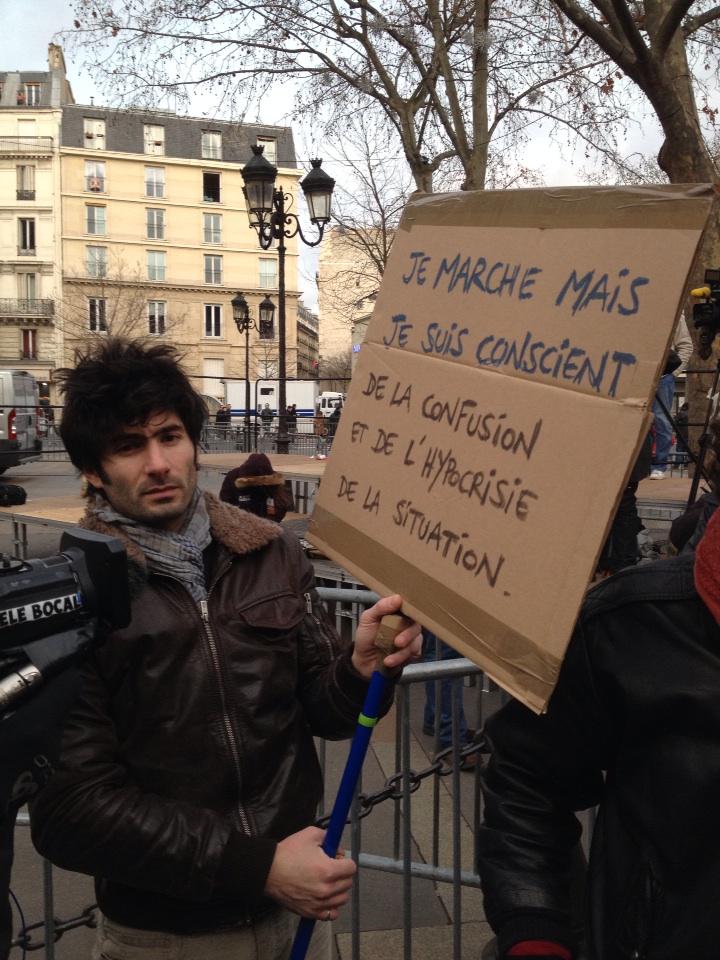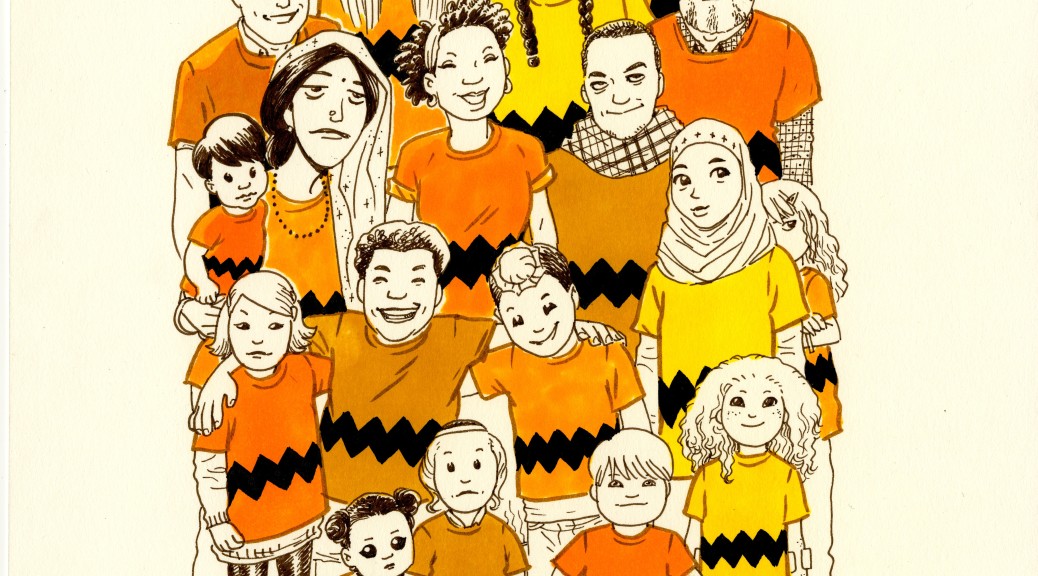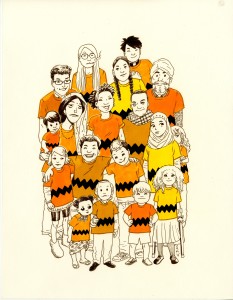 If you missed this year’s Free Comic Book Day, then you likely didn’t hear about Fantagraphics’ Worlds Greatest Cartoonists collection featuring such creators as Ed Piskor, Richard Sala, or Liz Suburbia. Additionally, the FCBD offering — intended, says the publisher, to “Features a Breadth of Styles and Visions and World-Building” — also included a notable piece from Ron Regé entitled “From the Star and the Clot,” a visual retelling of the Quranic visit of the angel Gabriel to the Prophet Muhammad.
If you missed this year’s Free Comic Book Day, then you likely didn’t hear about Fantagraphics’ Worlds Greatest Cartoonists collection featuring such creators as Ed Piskor, Richard Sala, or Liz Suburbia. Additionally, the FCBD offering — intended, says the publisher, to “Features a Breadth of Styles and Visions and World-Building” — also included a notable piece from Ron Regé entitled “From the Star and the Clot,” a visual retelling of the Quranic visit of the angel Gabriel to the Prophet Muhammad. RR: I was inspired to draw this sequence after reading about it in a book called The Alphabet vs The Goddess. I think I happened upon it in a bookstore, strangely enough. In it, Leonard Shlain lays out his theory about how the development of written language helped bring about a patriarchal hierarchy of power and control that was absent from previous image based, matriarchal societies. It’s not a perfect work, but it brings up questions and ideas that I’d been curious about for my entire life.
RR: I was inspired to draw this sequence after reading about it in a book called The Alphabet vs The Goddess. I think I happened upon it in a bookstore, strangely enough. In it, Leonard Shlain lays out his theory about how the development of written language helped bring about a patriarchal hierarchy of power and control that was absent from previous image based, matriarchal societies. It’s not a perfect work, but it brings up questions and ideas that I’d been curious about for my entire life.
S&S: How long ago was this, approximately? That is, was this a recent discovery or something that’s shaped your thought for some time?
RR: I guess between 2008-2012 I was putting myself through a sort of self-directed course, reading dozens of books related to spirituality, history, philosophy, etc. I found myself attracted to figures & people with some pretty out there philosophies & ideas. Tesla, Mesmer, Wilhelm Reich, Swedenborg, Gurdjieff, etc & so on. This was all in the period that I was working on The Cartoon Utopia.
The idea that laws and rules written in books could be used as instruments of control by men in power, that a literate class could control the rest of society with such tools is a pretty powerful & obvious argument when looking at the misogynist horror that is Western Civilization. Is it wishful thinking of the modern age to think that oral traditions and societies of the past were more holistic, matriarchal, and malleable when dealing with matters of their moment? Perhaps, but it brings up fascinating conflicts between left & right brain, male & female, science & spirituality that continue to cause much confusion in the world today.
Continue reading Ron Regé on Drawing from (Outside) the Qur’an





